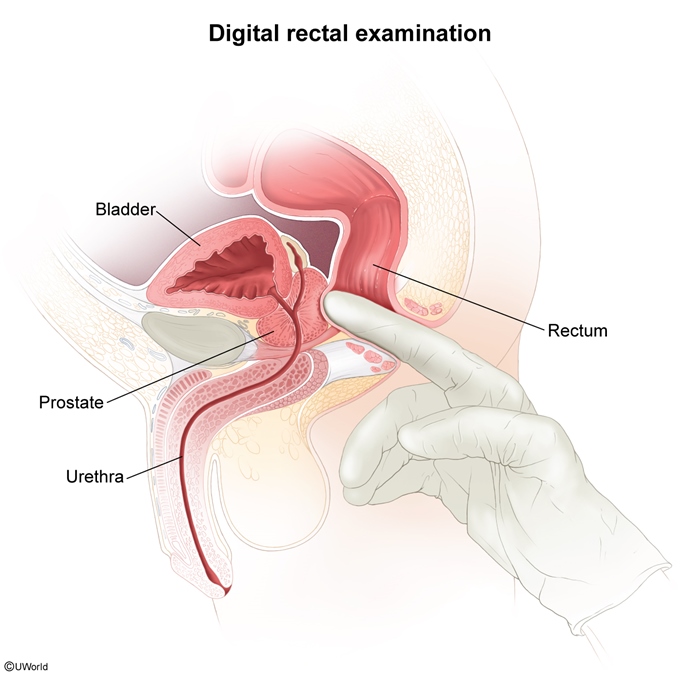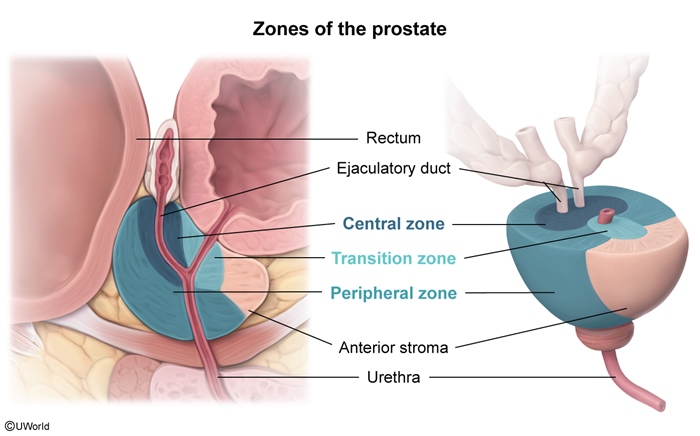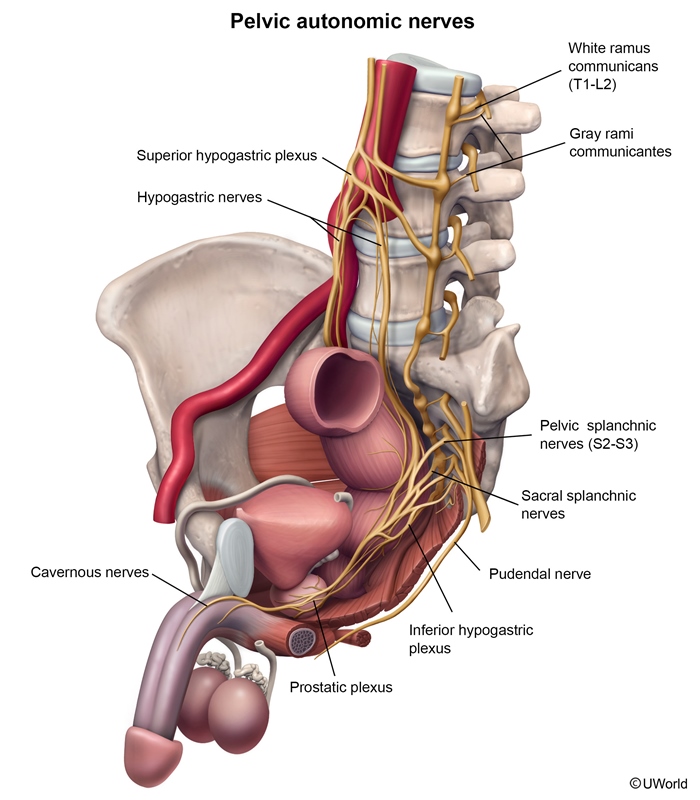Prostate Cancer
Article Sections
Introduction
Prostate cancer is the most common noncutaneous cancer among men worldwide and is a leading cause of cancer-related deaths. The incidence of prostate cancer increases significantly with age. Men age <40 rarely develop prostate cancer, but the prevalence rises steadily thereafter, with up to 80% of men age >70 having histologic evidence of the disease (with varying clinical significance). Geographic variations are notable, with higher rates observed in developed countries, partly due to differences in screening practices and exposure to risk factors (eg, dietary habits, lifestyle). This article focuses on prostate adenocarcinoma, the predominant form of prostate cancer that arises from the glandular epithelial cells of the prostate.
Pathophysiology and risk factors
Prostate cancer typically originates from the epithelial cells lining the prostatic ducts and acini, resulting in adenocarcinoma (comprises over 95% of prostate cancers). The pathogenesis involves a multistep process of genetic and epigenetic alterations that disrupt normal cell growth regulation, apoptosis, and DNA repair mechanisms.
Continue Learning with UWorld
Get the full Prostate Cancer article plus rich visuals, real-world cases, and in-depth insights from medical experts, all available through the UWorld Medical Library.
Figures


